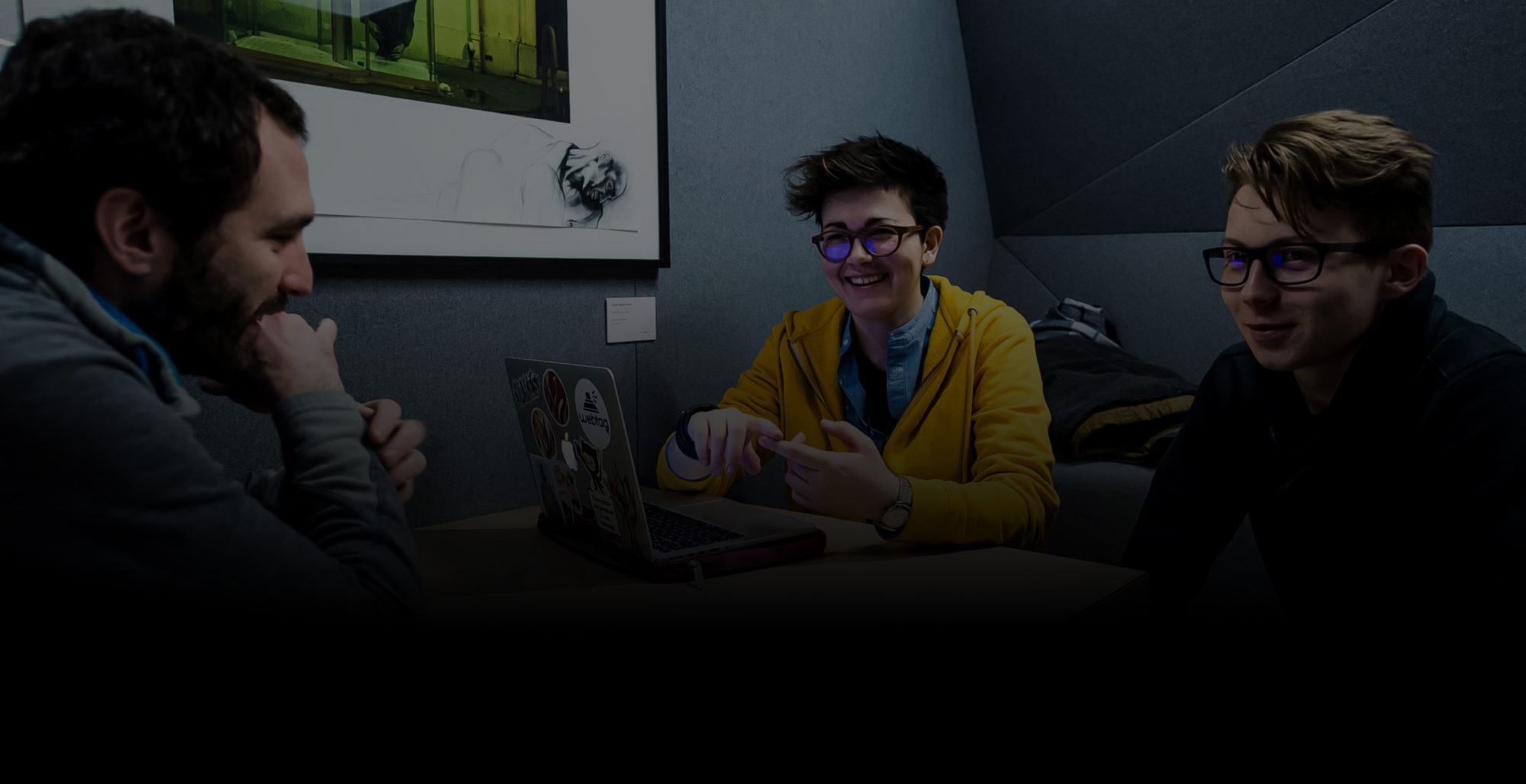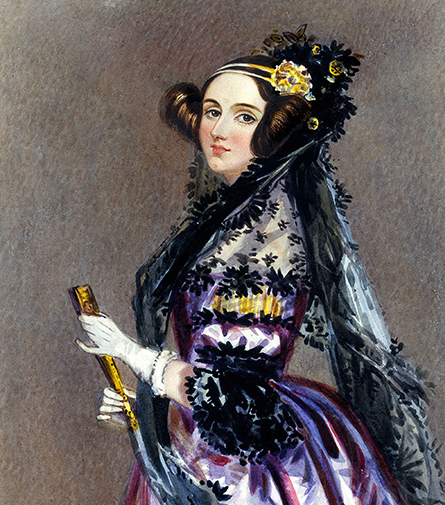
The source code
What makes 42 such a unique, innovative training course that meets the market’s needs while disrupting education?
Our pillars
Bases of 42
No courses. No teachers. No classes.
Thanks to its innovative teaching methods, 42 is able to offer training par excellence without resorting to lectures. The pedagogical staff is available to help the students find their own solutions. In order to progress at 42, you have to work in groups, lean with the community to overcome challenges and then, share your experience with your peers. You don’t learn programming by copying algorithms on paper!
A project method
At 42, students act for their own success within a 100% practical curriculum. Surpassing oneself is the only way to move forward: You can always count on the strength of the group; give and share information, as well as learn and train at the same time. This growing collective intelligence helps students understand how a professional environment works. Each part must rely on the other in order to properly achieve a project.
Failing is progressing
At 42, failing is not the end. It is AN end. It’s the path to success: test a program, understand your mistakes, correct them and move forward. At 42, you are rewarded for finding your own solutions. This is not about mindlessly copying a model. Achievement is the only thing that matters, whichever path you use to reach it.
Peer-to-peer learning
If you apply to 42, don’t expect a “knowledgeable” person to teach you anything. You have to find the answers by yourself or ask fellow students to show you and explain things that you in turn will learn and transmit to someone else. This method allows you to move forward and sharpen your skills through research, experimentation and defending your personal approach to a given problem.
Peer-to-peer evaluation
In classical learning, evaluation happens at the end of the curriculum. At 42, this is when you learn the most. Peer evaluation requires students to evaluate each other’s work with the help of a grading scale established by the pedagogical staff. This system supports dialogue and allows sharing advice that will help students move forward and seek alternative methods. There is never one specific answer at 42. There is not one single model you must reproduce and learn by heart.
Group work is not cheating
In a classroom, it’s usually ill-advised to join forces or share advice in order to solve a problem. At 42, it’s the other way around. When projects get too tough to tackle, creating a group helps share different points of view. By approaching someone struggling with the same problem, you can share your thoughts and perspectives. Everyone brings something so that, together, you can understand and remember the keys to achieving a project.
The Piscine is an opportunity to discover the teaching methods of 42 for a trial month: start the admission process today.

Gamification
Playful teaching
42 offers a motivational and entertaining environment, anchored in the thematic of gaming, known for improving the quality of teaching and students wellbeing. After failing, you try again until you pass, just like in a video game. Projects earn Experience Points. You move along the curriculum as you pass various levels – and the skills you’ve acquired show on a personal record in the Intranet. You can even earn special achievements for special occasions and join coalitions that put you up against others in friendly competition.

Facing tomorrow
Why learning to learn?
How can you create the world of tomorrow with technologies from the past? At 42, you learn to learn. Rather than learning specific trendy languages, the curriculum at 42 helps you understand and tackle any kind of language. Any training solely based on one specific language is bound to quickly become obsolete. The programming languages you learn at 42 help you learn concepts that you can use everywhere else.
Training duration
3-year curriculum (on average)
Not everyone learns at the same pace: so why impose one? At 42, we don’t follow an administrative or academic timetable. On average, students integrate into the job market after 3 years. The curriculum is split into two parts: the common core and the second part, which is known as the specialisation part. The core curriculum must be completed in a maximum of two years. The second part may take longer, depending on your career plans. Most of the projects required have a realistic estimate of the time needed rather than an imposed deadline: personal organisation is essential.
Paced System
The length of the common core adapts to students’ work patterns. The greater the investment, the shorter it becomes. A number of intermediate milestones provide an opportunity to assess progress: the Paced System then recalculates the estimated date for completing the common core. The fastest students can complete it in as little as 8 months, while those with the most room for improvement can take up to two years.
Freeze
To deal with unforeseen circumstances, students have a tool at their disposal: the Freeze. This allows students to take a break from the common core for a maximum cumulative period of 6 months. The Freeze is subject to approval by the teaching staff, depending on how far the course has progressed.
Launchpad
After the core curriculum, students are immediately interested in the labor market, which is why we let you choose the end of your training to become Alumni. This shift can also occur after a period of inactivity and a specific level of skills obtained.

Geek Culture
Who was the first programmer in history?
Believe it or not, the first thing most resembling a computer program predates the invention of the computer! Back in the 19th century, Ada Lovelace, a noble Englishwoman with a thing for mathematics, decided to translate the work of Charles Babbage about the analytic machine, a proto-calculator. Happy with the quality of her own work, she added several annexes to the original document that ended up three times bigger than it was prior to its translation. The last one, the G annex, includes the first algorithm that can calculate the Bernoulli Numbers. It was 1843. Ada Lovelace became the first programmer in history.